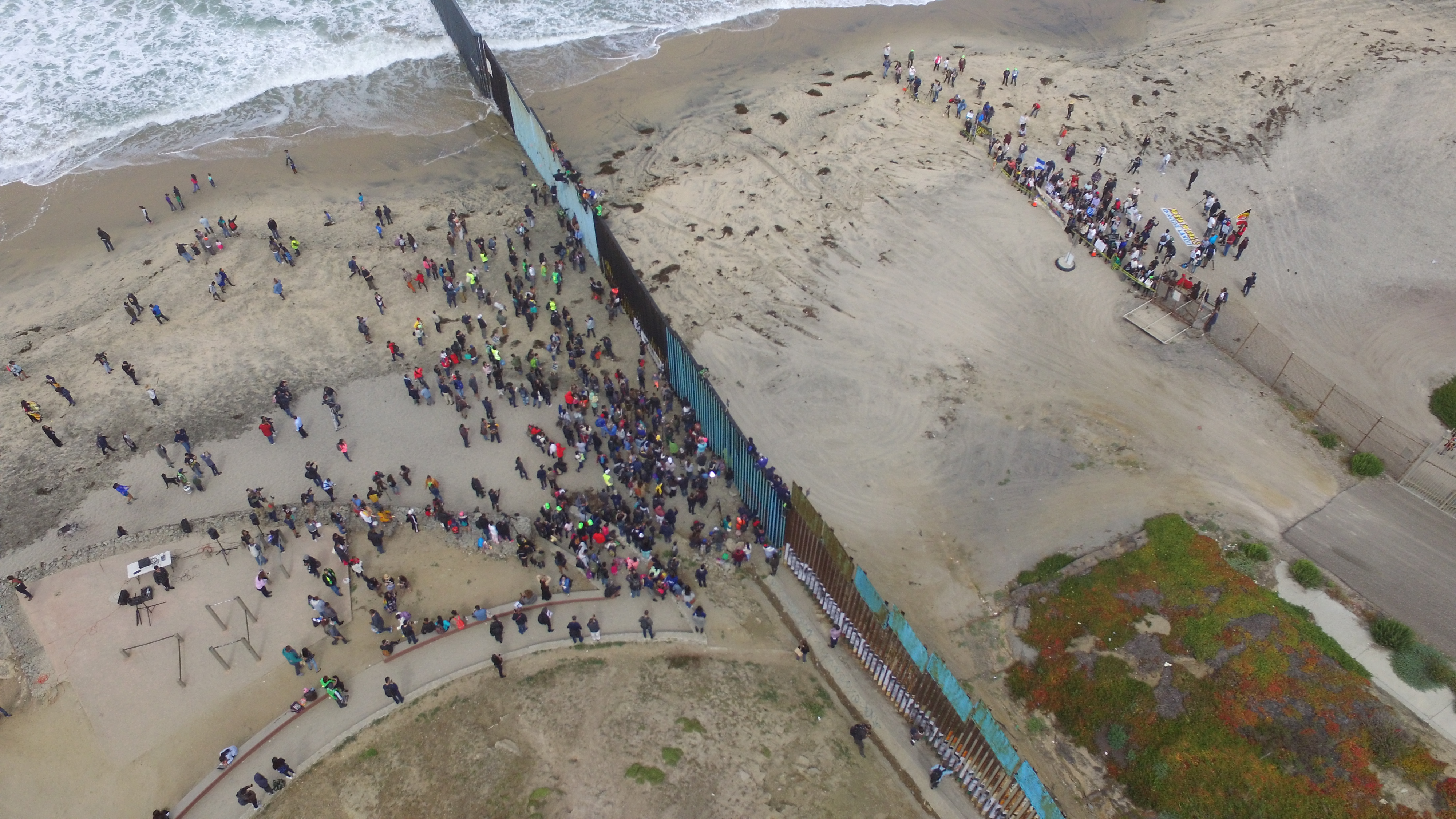Cantantes Yumanos: mitos, sueños y tradición
Contenido principal del artículo
Resumen
Detalles del artículo

Esta obra está bajo una licencia internacional Creative Commons Atribución-NoComercial-SinDerivadas 4.0.
Las/los autoras/es que publiquen en esta revista aceptan las siguientes condiciones:
- Las/los autoras/es conservan los derechos de autor y ceden a la revista Frontera Norte (RFN) el derecho de la primera publicación, mediante el registro de los textos con la licencia de Creative Commons Atribución-No comercial-Sin derivar 4.0 internacional (CC BY-NC-ND 4.0), que permite a terceros utilizar lo publicado siempre que mencionen la autoría del trabajo y a la primera publicación en esta revista.
- Autorizan que su artículo y todos los materiales incluidos en él sean reproducidos, publicados, traducidos, comunicados y transmitidos públicamente en cualquier forma o medio; así como efectuar su distribución al público en el número de ejemplares que se requieran y su comunicación pública, en cada una de sus modalidades, incluida su puesta a disposición del público a través de medios electrónicos o de cualquier otra tecnología, para fines exclusivamente científicos, culturales, de difusión y sin fines comerciales.
- Los autores/as pueden realizar otros acuerdos contractuales independientes y adicionales para la distribución no exclusiva de la versión del artículo publicado en esta revista (por ejemplo: incluirlo en un repositorio institucional, página web personal; o bien publicarlo en un libro) siempre que sea sin fines comerciales e indiquen claramente que el trabajo se publicó por primera vez en Frontera Norte (RFN), [agregando la ficha bibliográfica correspondiente: Autor/es. (año). Título del artículo. Frontera Norte, volumen (número), pp. doi: xxxx ].
Para ello, los autores deben remitir el formato de carta-cesión de la propiedad de los derechos de la primera publicación debidamente llenado y firmado. Este documento debe cargarse en formato PDF en archivos complementarios dentro de la plataforma OJS.

Este obra está bajo una licencia de Creative Commons Atribución-No comercial-Sin derivar 4.0 internacional (CC BY-NC-ND 4.0).
Citas
Álvarez de Williams, A. (2004). Primeros pobladores de Baja California. Introducción a la antropología de la Península. México: INAH-CONACULTA.
Davis, H. (1919). The Diegueno Ceremony of the Death Images. Museum of the American Indian Contributions. New York : Museum of the American Indian/Heye Foundation
Densmore, F. (1932). Yuman and Yaqui Music. Bureau of American Ethnology Bulletin, 110. Washington DC: Smithsonian Institution.
DuBois, C. (1904). The Story of the Chaup: A Myth of the Dieguenos. Journal of American Folklore, 17(67), 217-242.
DuBois, C. (1901). Mythology of the Diegueños. Journal of American Folklore, 54(14).
Forde, C. D. (1931). Ethnography of the yuman indians. Berkeley: University of California.
Gabayet, N. & González, A. (2012). Paisaje Cultural Yumano. Informe elaborado para la Comisión para el Desarrollo de los Pueblos Indígenas. México: Comisión para el Desarrollo de los Pueblos Indígenas. Unpublished manuscript.
Harrington, J. (1908). A Yuma Account of Origins. The Journal of American Folklore, 21(82), 324-248.
Herzog, G. (1928). Yuman Musical Style. The Journal of American Folklore, 41(160), 183-231.
Hohental, W., Blackburn, T.C, Langdon, M., Kronenfeld, D.B. & Thomas, L. (2001). Tipai ethnographic notes. A Baja California Indian Community at Mid-Century. Anthropological Papers, 48. Novato, California: Ballena Press.
Kelly, W. (1977). Cocopa Ethnography. University of Arizona Anthropological Papers, 29. Tucson, Arizona.
Kroeber, A. (1925). Handbook of the Indians of California. Bureau of American Ethnology Bulletin, 78. Washington DC: Smithsonian Institution.
Kwiatkowska, B. J. (1990). Introduction to the Musical Culture of the Diegueños Indians from San Diego Country Reservation in California. Canadian Folk Music Bulletin, 24(3), 14-21.
Laylander, D. (2001). The Creation and Flute Lure Myths: Regional Patterns in Southern California Traditions. Journal of California and Great Basin Anthropology, 23(2), 155-178.
Meigs, P. (1939). The Kiliwa Indians of Lower California (Serie Ibero-Americana 15). Berkeley, California: University of California Press.
Meyer, J. (1978). Wii'ipay: The Living Rocks, Ethnographic Notes on Crystal Magic Among Some California Yumans. The Journal of California Anthropology, 5(1), pp. 42-52.
Mixco, M. J. (1994). The Role of Metaphor in Kiliwa Kinship and Religion. Anthropological Linguistics, 34 (1-4), 138-158.
Mixco, M. J. (1983). Kiliwa Texts: When I Have Donned My Crest of Stars, Anthropological Papers 107, Salt Lake City: University of Utah.
Olmos, M. (2008). La música kumiai de la tradición yumana de Baja California. In X. Luna (Cord.). Pueblos indígenas en riesgo. Kumias. Homenaje a Gloria Castañeda Silva, cantante kumiai. México: CDI.
Owen, R. C. (1962). The Indians of Santa Catarina, Baja California Norte, Mexico: Concepts of Disease and Curing (Doctoral Thesis). University of California, Los Ángeles, California.
Owen, R., Walstrom N. & Michelsen, R. (1969). Musical Culture and Ethnic Solidarity: A Baja California Case Study. Journal of American Folklore. 82(324), 100-111.
Viveiros de Castro, E. (2009). Métaphysiques Cannibales. Paris: Presses Universitaires de France (PUF).
Waterman, T. T. (1910). The Religious Practices of the Diegueno Indians. Berkeley, California: University of California Press.
Winkelman, M. & Finelli, P. (2006). El kusiyai: chamanismo entre las poblaciones yumanas del norte de California. Culturales, II(3), 111-131.
